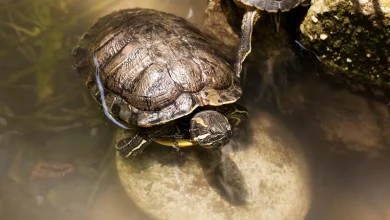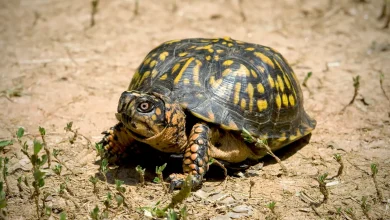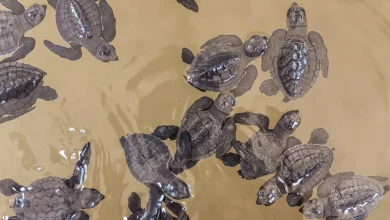Breeding Box Turtles can be a fascinating undertaking and an interesting hobby. Helping to bring new life into the world is always amazing.
Because box turtles tend to sell well on the pet market; it can also be a profitable sideline. But whether you’re breeding them to sell or keep, there are some things you need to know before you get started.
Table of Contents
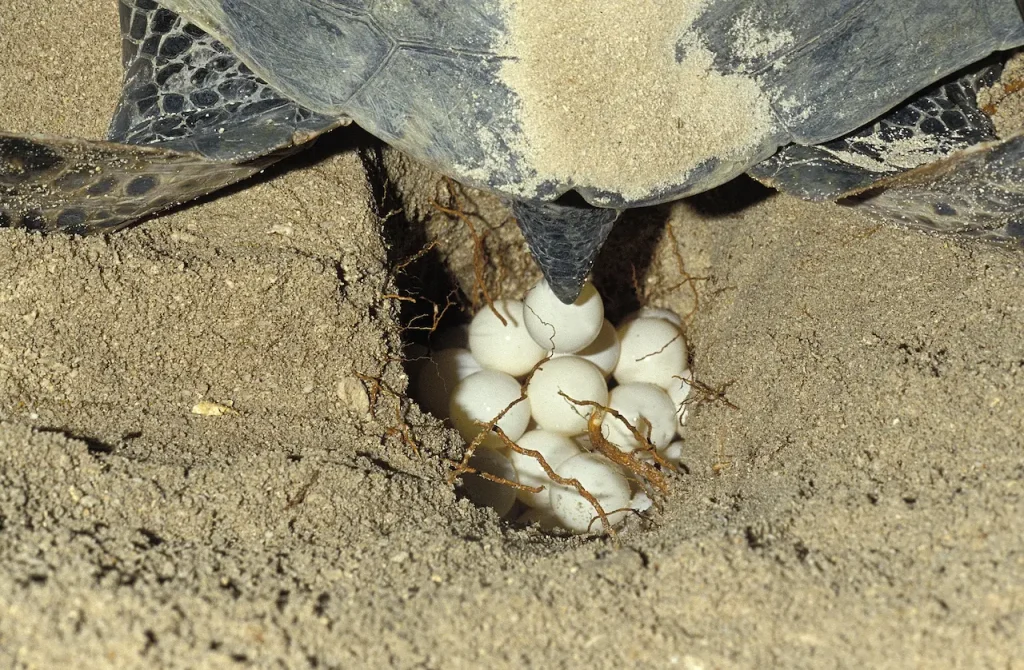
Finding a Good Pair
The first thing you need to do is find a pair of turtles who are of opposite gender and are the same species. Some subspecies of box turtles can be bred together, such as the common Eastern box turtle, and the Three-Toed box turtle; but cross breeding can result in genetic abnormalities and are often viewed as undesirable specimens in the pet market.
Sexing the turtles to make sure you have a male and a female can be difficult. In some species, the male has red eyes, and females do not. Males also tend to have a concave curve on the bottom of their shell, which allows them to mount the female during mating. The female’s bottom shell is flattered by comparison. You can take your specimens to a vet, to make sure you have the right genders.
You will also need to make sure the breeders you selected are healthy, and this is something else you can take care of when you take them to the vet. Breeding is a stressful process for turtles. You want to make sure your breeders are strong and healthy, and are ready to take on this challenge. You should keep your potential breeding pair for several years before you attempt to breed them, to make sure they are healthy and strong.
It is also important that you do not breed related turtles, as this can result in genetic abnormalities.
The Proper Setup
It’s always important that you keep your pet box turtles in an enclosure that meets all of their needs. But this is especially true if they’re going to undertake the challenge of breeding.
This includes fresh water in a container large enough to soak in but not deep enough to sink into entirely. A heat lamp at one edge of their enclosure, so they can move closer to or further away from it at needed. You will need hiding spaces such as brush, logs, and a soft material they can burrow into. The walls of their enclosure should not be see-through, as they will endlessly attempt to go through the wall and make them feel stressed. Make sure they are fed often with a health mix of both meat and plant matter.
You will need to build a second enclosure for the female after breeding has been completed. Her laying shelter must still be large, and privacy is extra important. You will need a soft top soil that is over eight inches deep, as turtles dig holes to lay their eggs in. They often like to do this next to a rock or log, so be sure to have a few to pick from; give her options so she’ll feel more confident.
What Timeframe to Expect
Box turtles tend to get anxious for a mate in early spring, such as March or April. Keep your breeders isolated from this point until summer. This is the timeframe in which the female will start looking for a good place to lay. Take her to her private enclosure in June.
At what point in summer she lays her eggs will vary. Once a female has laid her eggs, they will take about eighty days to hatch, give or take a couple of weeks based on various factors; such as the heat of the laying spot.
It will be hard to know when the eggs have been laid, exactly. The mother buries the eggs after she lays them as a natural instinct to protect them from predators. Mother box turtles are very good at this, and even you might not be able to tell that the eggs were laid, if you’re not checking the enclosure often. But it’s probably best that you don’t, anyway. The mother will strongly prefer solitude during the laying process, and you should limit visits to very occasional checkups; just to make sure she’s okay or to change water or add food.
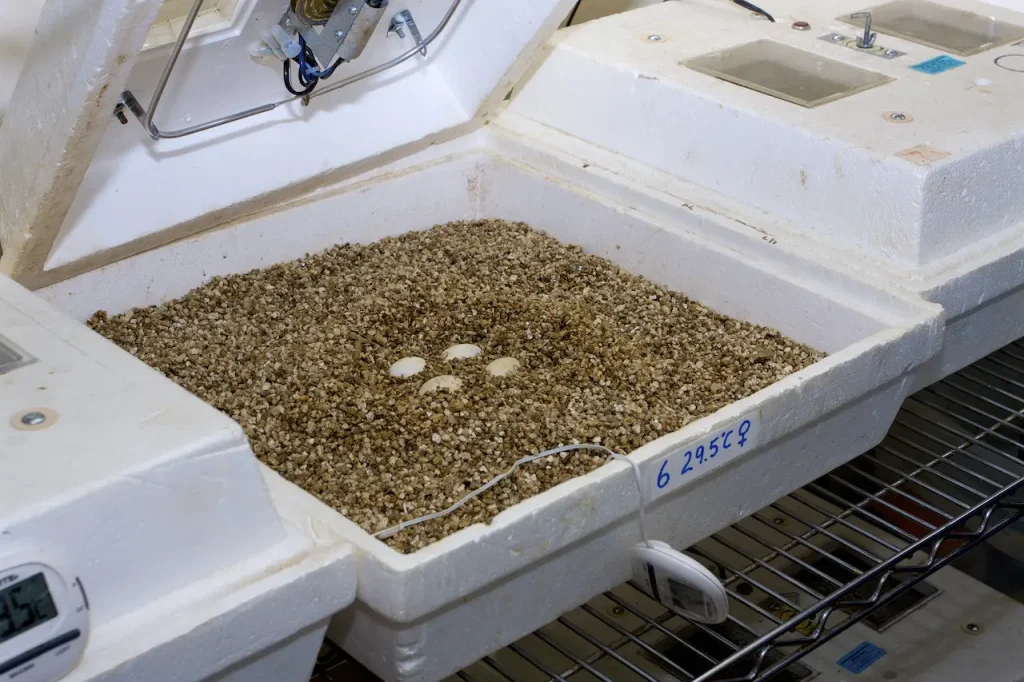
Caring for Eggs
In an ideal situation, you won’t really be caring for the eggs yourself. It’s best to leave this phase entirely to the mother. Trying to take the eggs away from the mother and hatching them yourself is a process that is likely to result in no living hatchlings. Even if you see eggs that have been laid in a seemingly odd spot; have faith that the mother knows what she is doing. Eggs that are laid in odd places, such as above ground or even in a water dish, are most often unfertile eggs that the mother knowingly discarded.
Caring for Hatchlings
As mentioned earlier, box turtles hatch about eighty days after being laid, sometimes earlier, sometimes later. If you know when your turtle laid her eggs and the time is approaching for them to hatch, you can add some water to the soil where they were buried. This will help them dig their way out; unless the soil you used is very soft and would be easier to manipulate when left dry.
During their first year of life, hatchlings are very susceptible to the elements and in the wild, the have a morbidly high mortality rate. You should keep them in an indoor enclosure during their first year.
Some people choose to keep their hatchlings in different tanks. This is because they can sometimes be aggressive against their litter mates, especially during feeding time. Even if you do not separate them entirely, you should still feed them separately.
A hatchling will have a slightly different diet than an adult box turtle. Since their bodies are still growing, they need a diet that is higher in protein. Adults tend to eat a diet that is 60% protein and 40% plant matter. A hatchling may fair better with a diet that is closer to 80% and 20%, respectively. Feed them small bugs that are high in protein, such as cut-up worms.
